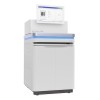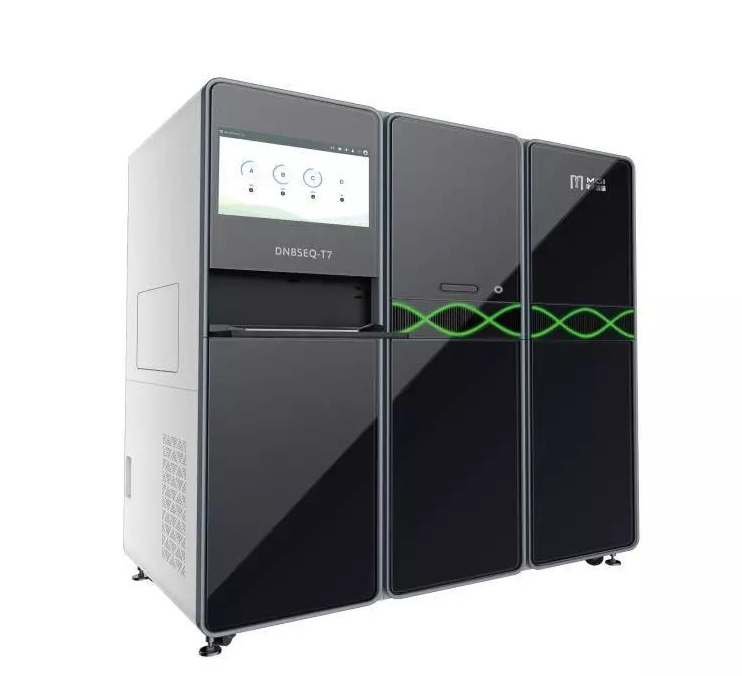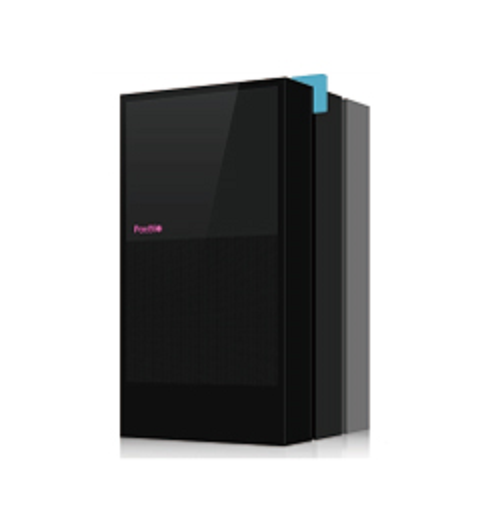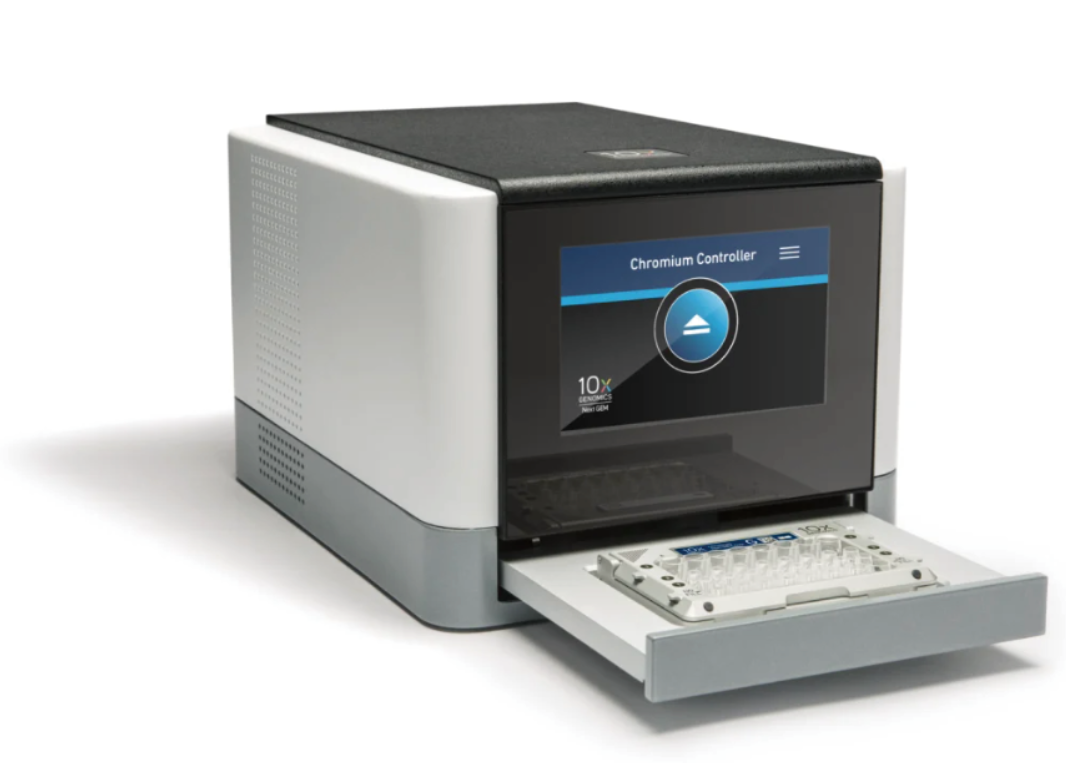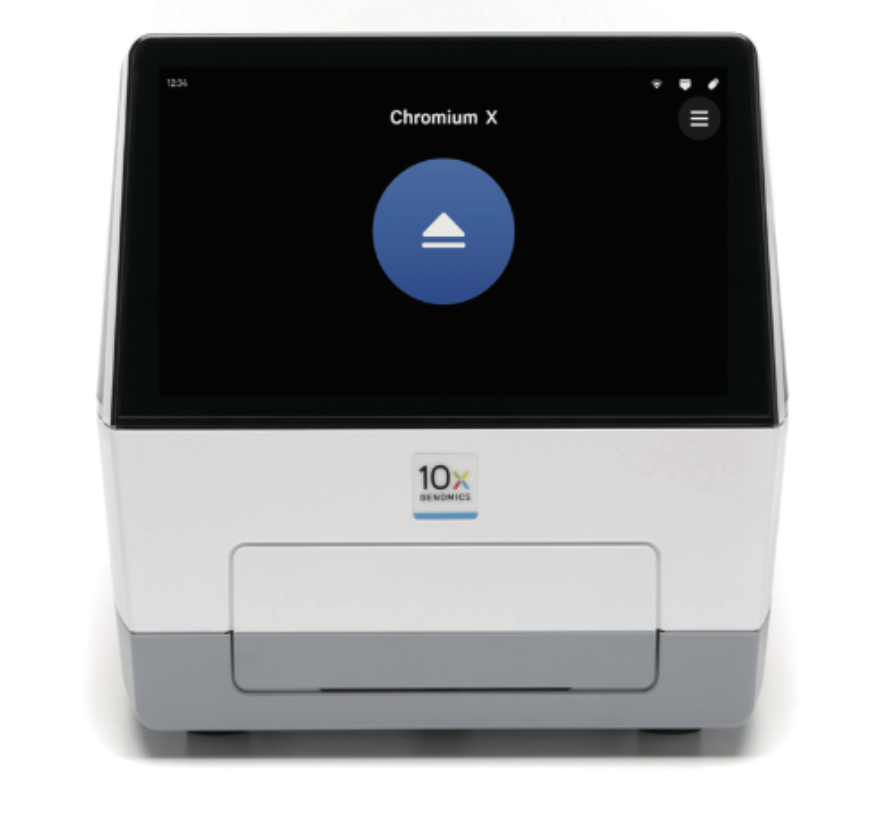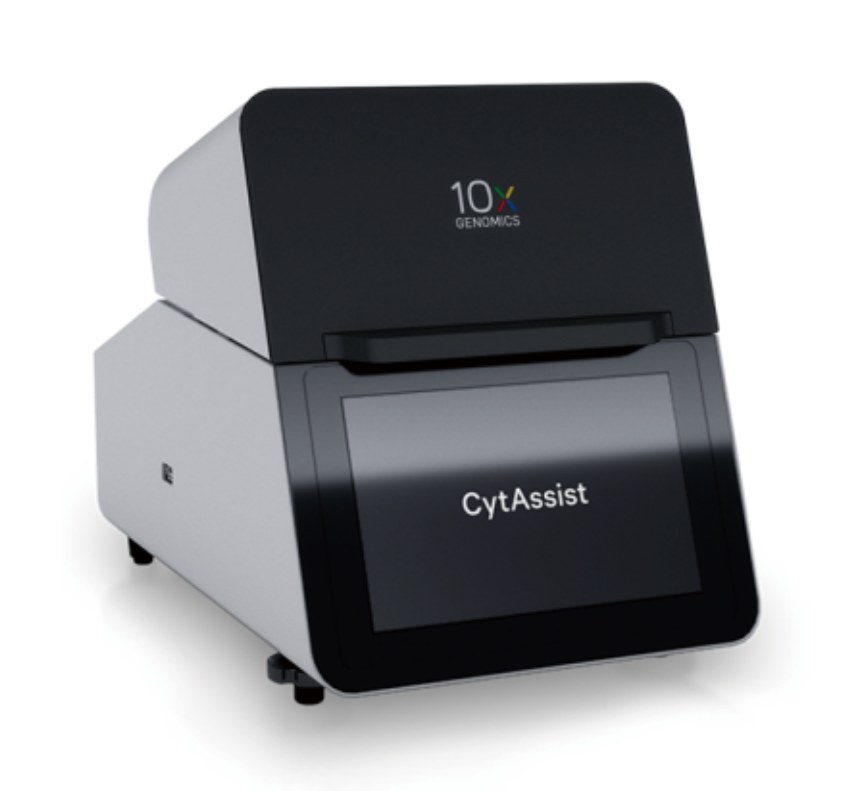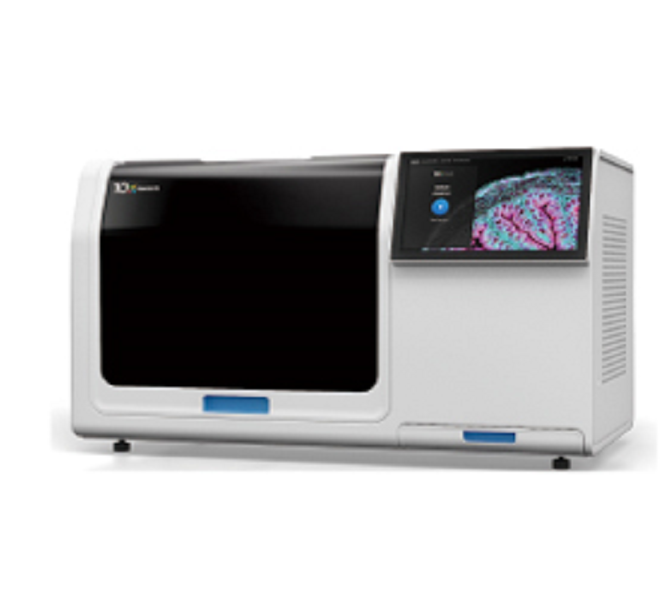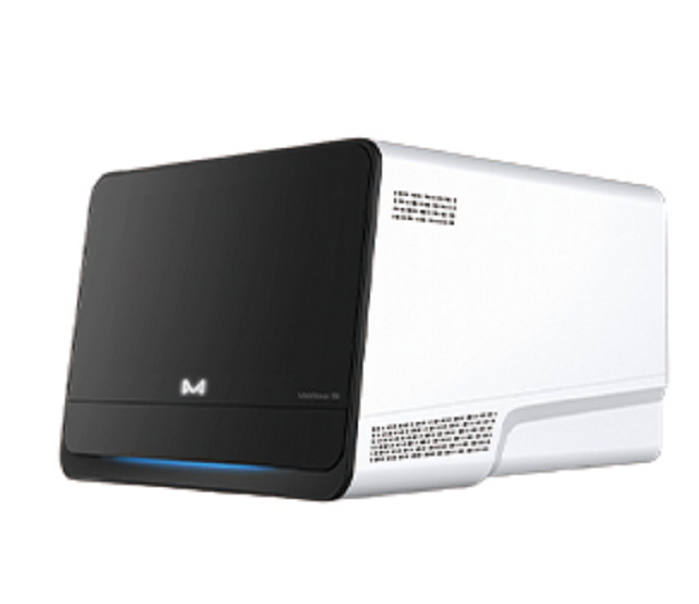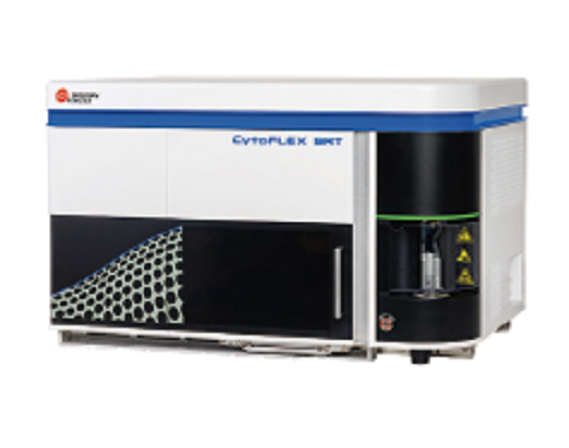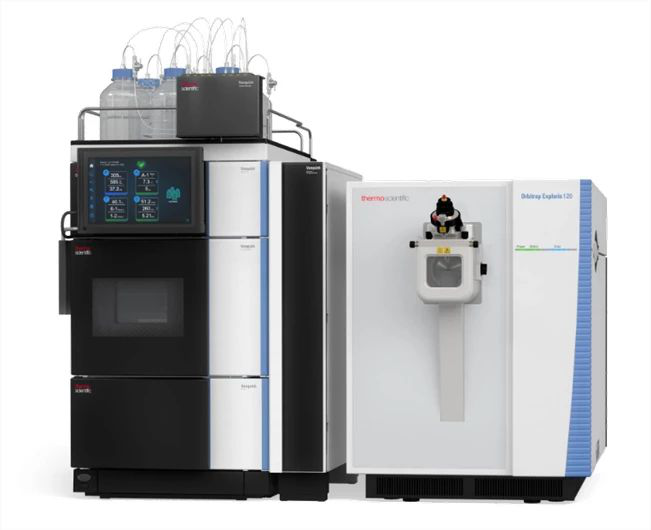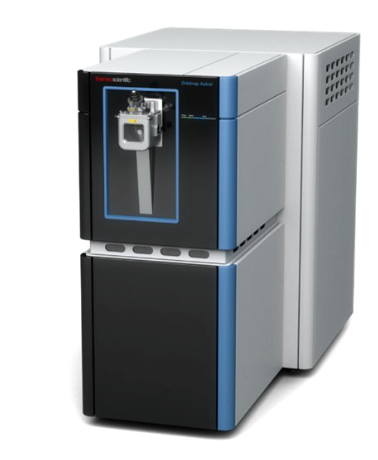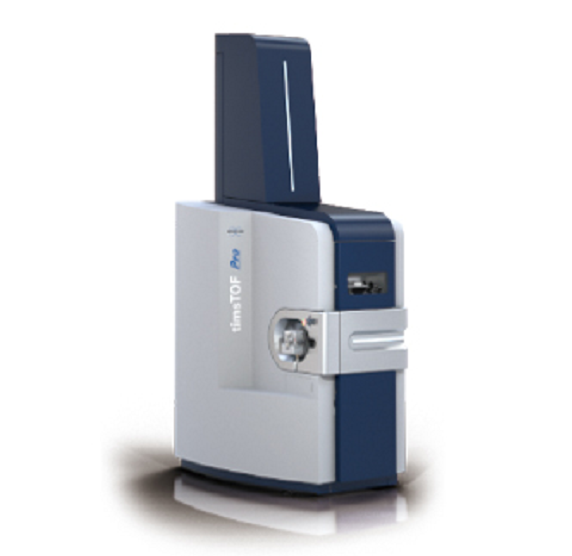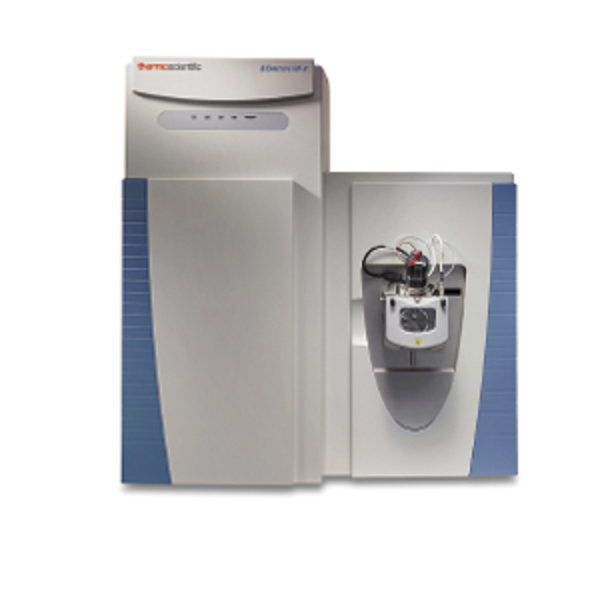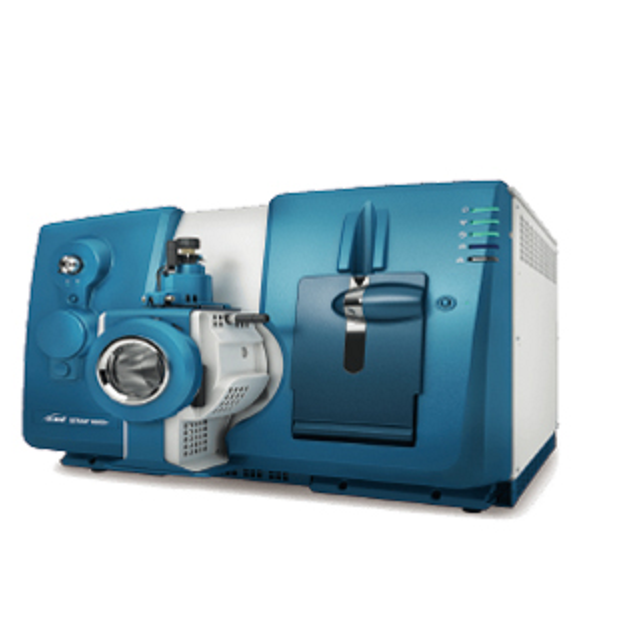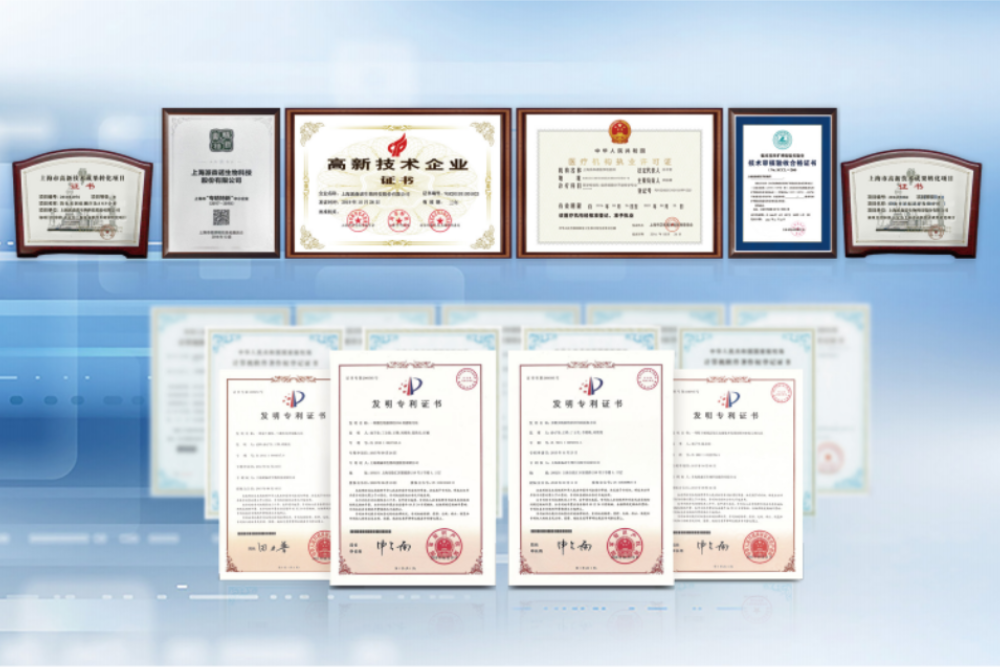Abstract
In this study, a cadmium-tolerant bacterium, Enterobacter ludwigii
LY6, was isolated from cadmium-contaminated soil in Shifang, Sichuan
province, China. The cadmium chloride removal rate of the strain LY6
with a treatment of 100 mg/L cadmium chloride reached 56.0%. Scanning
electron microscopy showed that exopolysaccharides (EPS) might be the
main means of cadmium adsorption by the strain. X-ray powder diffraction
(XRD) and energy-dispersive X-ray spectroscopy (EDS) analyses indicated
that cadmium sulfide nanoparticles formed on the surface of bacteria
cultured in a medium containing 100 mg/L cadmium chloride. In addition,
the expression of several genes increased with the increase of the
cadmium concentration in the medium, including the multiple antibiotic
resistance proteins marA and marR, and the cold shock protein CspA. GO
functions, such as the redox activity, respiratory chain and transport
functions, and KEGG pathways involved in "bacterial chemotaxis" and
"terpenoid backbone biosynthesis" were found to be closely related to
bacterial cadmium tolerance and biosorption. This is the first report
that E. ludwigii can reduce sulfate to form cadmium sulfide
nanoparticles under high concentration cadmium exposure. The genes
rel������ated to cadmium tolerance identified in this study lay a foundation
for the genetic breeding of cadmium-tolerant strains.
Text link:
//pubmed.ncbi.nlm.nih.gov/32380392/


